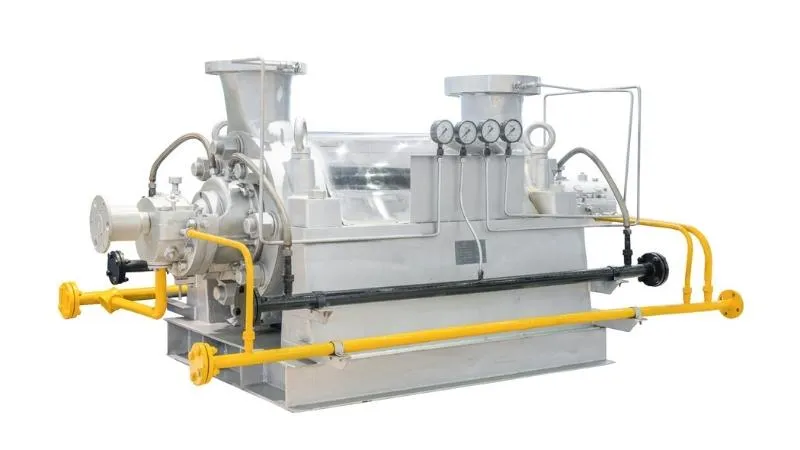


.png)
.png)
.png)

Centrifugal pumps are widely used in various industries for their efficient and reliable pumping capabilities. They work by converting rotational kinetic energy into hydrodynamic energy, allowing fluid to be transferred from one location to another. Centrifugal pumps have become the first choice for many applications due to their ability to handle a variety of fluids and operate at a wide range of pressures and flows. In this article, we will discuss the three main types of centrifugal pumps and their unique features.
1. Single-stage centrifugal pump
This type of pump consists of a single impeller mounted on a shaft within a volute. The impeller is responsible for generating centrifugal force, which accelerates the fluid and creates pressure head. Single-stage pumps are typically used in low to medium pressure applications where the flow rate is relatively constant. They are often found in HVAC systems, water systems, and irrigation systems.
Single-stage centrifugal pumps are easy to install, operate and maintain. Its simple design and fewer components make it cost-effective and suitable for a variety of fluids. However, their efficiency decreases with increasing pressure head, limiting their use in high-pressure applications.

3. Self-priming centrifugal pump
Self-priming centrifugal pumps are designed to eliminate the need for manual priming, which is the process of bleeding air from the pump and suction line before starting the pump. This type of pump features a built-in reservoir or external chamber that retains a certain amount of liquid, allowing the pump to automatically remove air and prime itself.
Self-priming centrifugal pumps are typically used in applications where the pump is located above the fluid source or where the fluid level fluctuates. These pumps are widely used in sewage treatment plants, swimming pools, petroleum industry, etc.
В заключение, центробежные насосы жизненно важны во многих отраслях промышленности из-за их эффективных возможностей перекачки жидкости. Три основных типа центробежных насосов, обсуждаемых в этой статье, а именно одноступенчатые насосы, многоступенчатые насосы и самовсасывающие насосы, имеют различные функции для различных применений. Выбор подходящего насоса для конкретного применения требует тщательного рассмотрения таких факторов, как требования к давлению, расход, характеристики жидкости и условия установки. Понимая характеристики и возможности каждого типа, инженеры и операторы могут обеспечить оптимальную производительность и надежность центробежных насосов в своих соответствующих системах.
.png)

